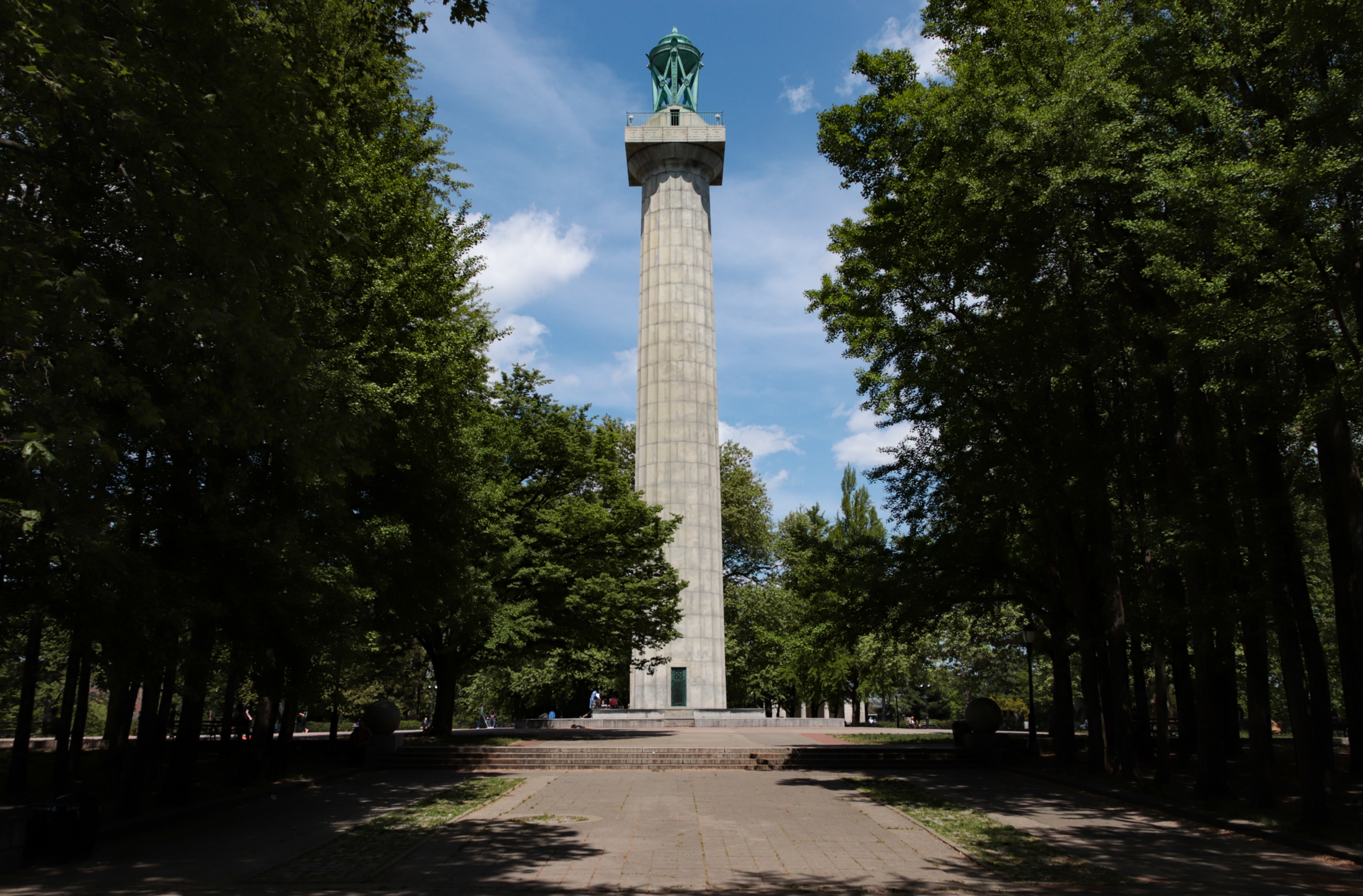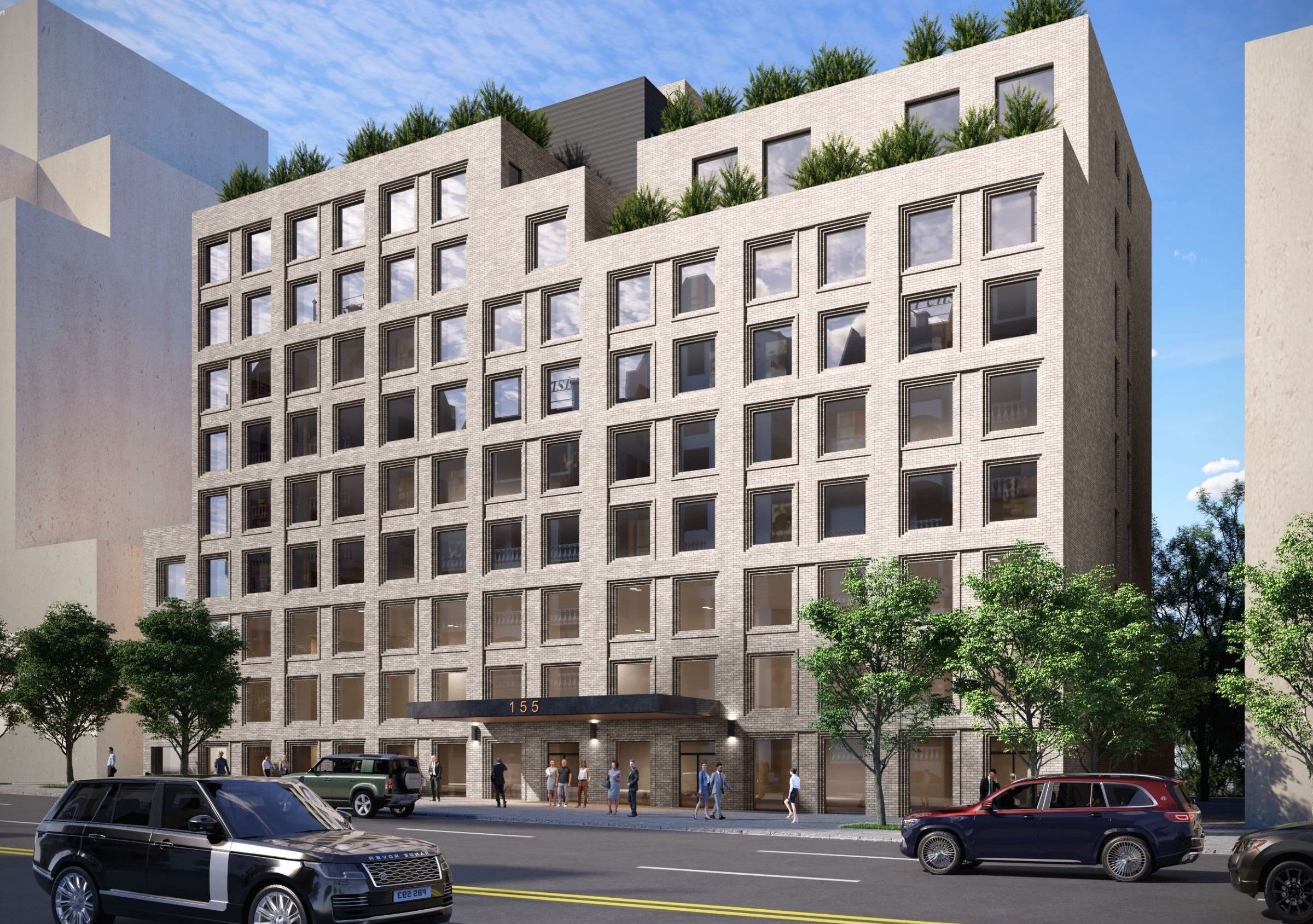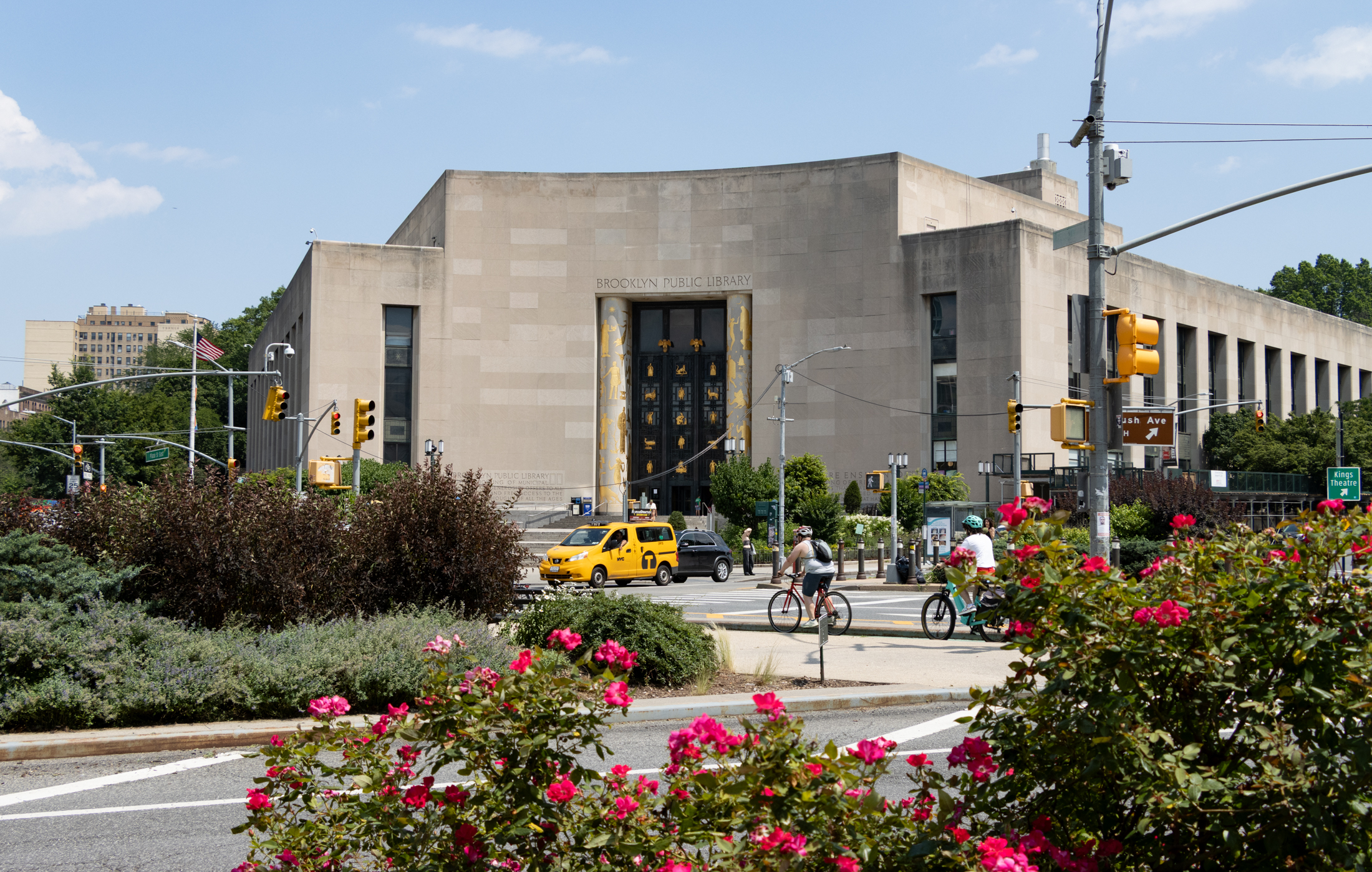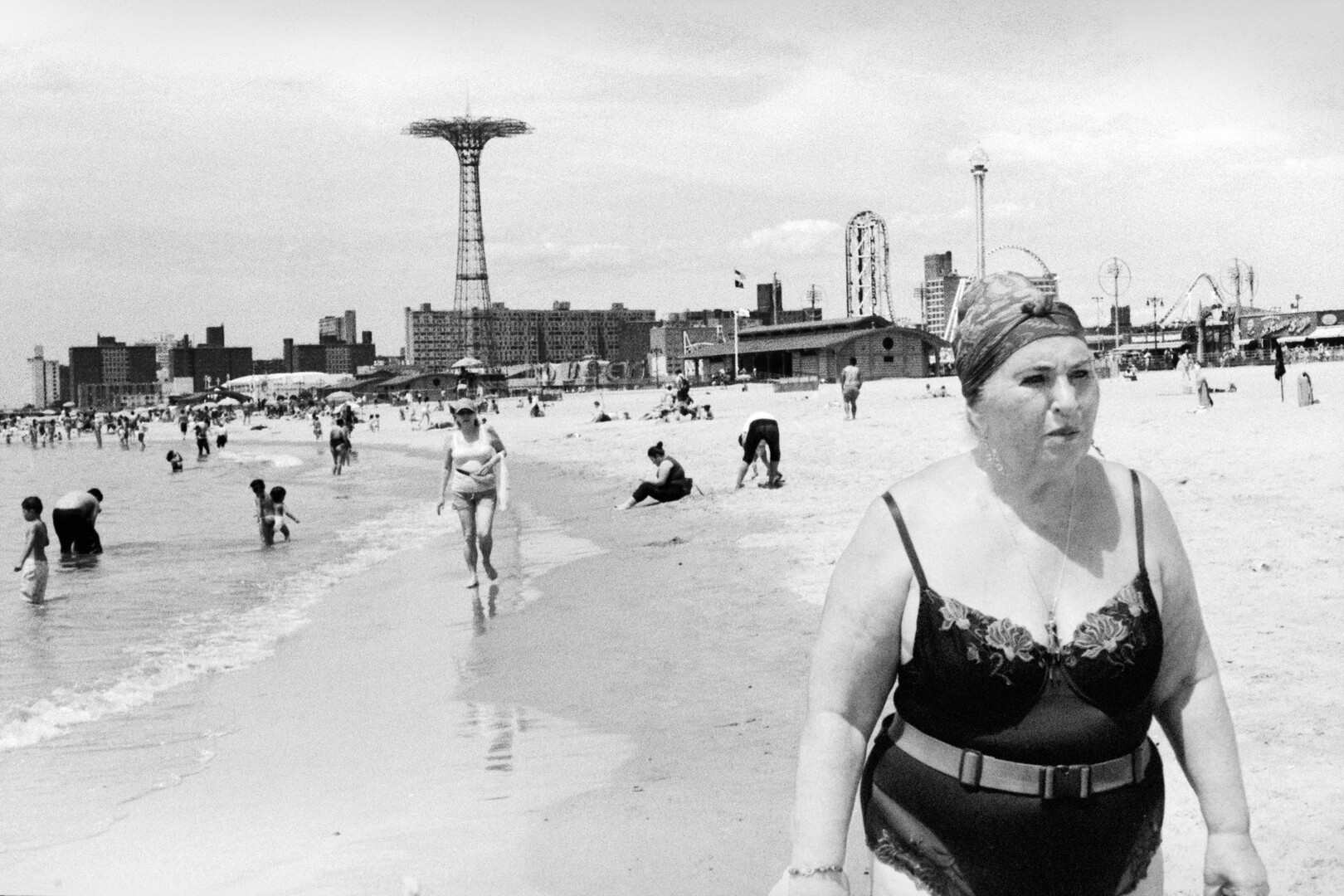Give Your Green Thumb a Workout at This Former Violet Farm in Rhinebeck
If your escape dreams include grabbing a trowel and getting your hands dirty, this Rhinebeck property might be the answer to your gardening fantasies.

If your escape dreams include grabbing a trowel and getting your hands dirty, this Rhinebeck property might be the answer to your gardening fantasies.
According to the listing, the almost 17-acre property at 696 Salisbury Turnpike was once a violet farm. While that might seem a bit unusual, Dutchess County, and particularly the Rhinebeck area, was formerly the center of New York violet cultivation in the late 19th and early 20th centuries.
Violets were seemingly everywhere in the United States at the time. Violet posies were sold on the street, their scent was used for perfumes and soaps, and images of the flowers were plastered across postcards, sheet music and teacups.

The American Florist Company’s Directory of 1913 recorded more than 100 violet growers in Rhinebeck alone. Most were wholesalers, shipping the blooms to New York via train for resale. Growing the delicate flower required heated greenhouses and a delicate touch during the picking season, which lasted from fall to early spring.
In 1902, Brooklyn-based publisher The Violet Culture Company produced the slim volume “How to Make Money Growing Violets” by violet expert George Saltford. He cited several examples to show how profitable the floral crop could be. In one, a grower had two small violet houses that held a total of 4,000 plants and netted $2,500 in income. “In fact, we know of no better way to make money on a small place than by growing violets,” wrote Saltford.

A less formal society and the corresponding decline in popularity of corsages and nosegays spelled the end of the violet empire of Rhinebeck. While there are still some small growers in the area, the last major wholesale grower of violets in Rhinebeck, and reportedly the last east of the Mississippi, closed up in 1979 according to a New York Times story at the time.
If you want to try your hand at growing a bit of the perfumed crop, there’s plenty of land for a grow house at the property on Salisbury Turnpike.

According to the listing, the house was altered in 1900, most likely when it was used as a violet farm, but the original core of the house reportedly dates to the 1780s.

If true, the house wouldn’t have been alone on the landscape. The first European settlers arrived in the area in the 1670s, and by the 1790s a map shows Rhinebeck and the surrounding area dotted with dwellings. The house would have been sited along the Road to Salisbury, literally the road leading from the Hudson River to Salisbury, Conn.

Despite the 20th century additions and alterations, the house has retained plenty of old charm on the interior, with beamed ceilings, wide-plank floorboards and generous fireplaces.

What is now the dining room is particularly atmospheric. There’s a working fireplace with a wood mantel and cupboards above, rough-hewn beams on the ceiling and what could be some original hardware on the doors.

There’s about 3,400 square feet of living space with living, dining, kitchen and an office on the ground floor, with bedrooms above.

The kitchen has had an upgrade since the 18th century, but it’s got farmhouse appeal with a vintage oven perched next to one of the modern stainless steel variety.

Upstairs, the master suite appears to be in the older portion of the house, with beamed and angled ceilings and wide floorboards. The suite includes a full bath and a dressing area with access to the other bedrooms in the adjoining wing.

There are three bedrooms, a library and another full bath in the wing.

There’s also a half bath on the first floor, but of the two full and one half baths, only the master bath is pictured. There’s a claw foot tub as well as a more modern shower.

There’s more space downstairs in the cellar, not habitable but useful for storage.

The stone walls of the foundation make for a space with cooler temperatures, which appears to come in handy for wine storage.

Outside, there’s plenty of room to grow. The listing includes photos of what has been cultivated in the garden — whether all those fruits, vegetables and flowers continue to flourish is up to the buyer’s green thumb.

Besides the gardens, the acreage includes an orchard, woods, lawns and a rock outcropping with a small waterfall.

There’s also a barn and a storage shed. While the listing doesn’t give much information about them, there’s sure to be enough space for all your gardening equipment.
If you need a little botanical inspiration while you tackle the property, the Northern Dutchess Botanical Gardens is less than two miles away.

The property is a bit further from the historic center of Rhinebeck, although still not that far at about seven miles. Rhinebeck is known for its quaint downtown area, its shops and fabulous 19th century architecture. Nearby are numerous historic sites, including Wilderstein, a Victorian estate owned by an FDR cousin. Rhinebeck is about a 2.5-hour drive from Brooklyn, but it’s just a few miles from the Amtrak station at Rhinecliff.
The house is listed for $960,000 by Linda Lindsay of Paula Redmond Real Estate, Inc.






Related Stories
- A Pattern Book-Perfect Second Empire in Rhinebeck Asks $1.695 Million
- Live With Astor Family Flair at the Ferncliff Estate in Rhinebeck
- Old World Charm in Pelham Manor by Architect Lewis Bowman Can Be Yours for $2.65 Million
Email tips@brownstoner.com with further comments, questions or tips. Follow Brownstoner on Twitter and Instagram, and like us on Facebook.





What's Your Take? Leave a Comment